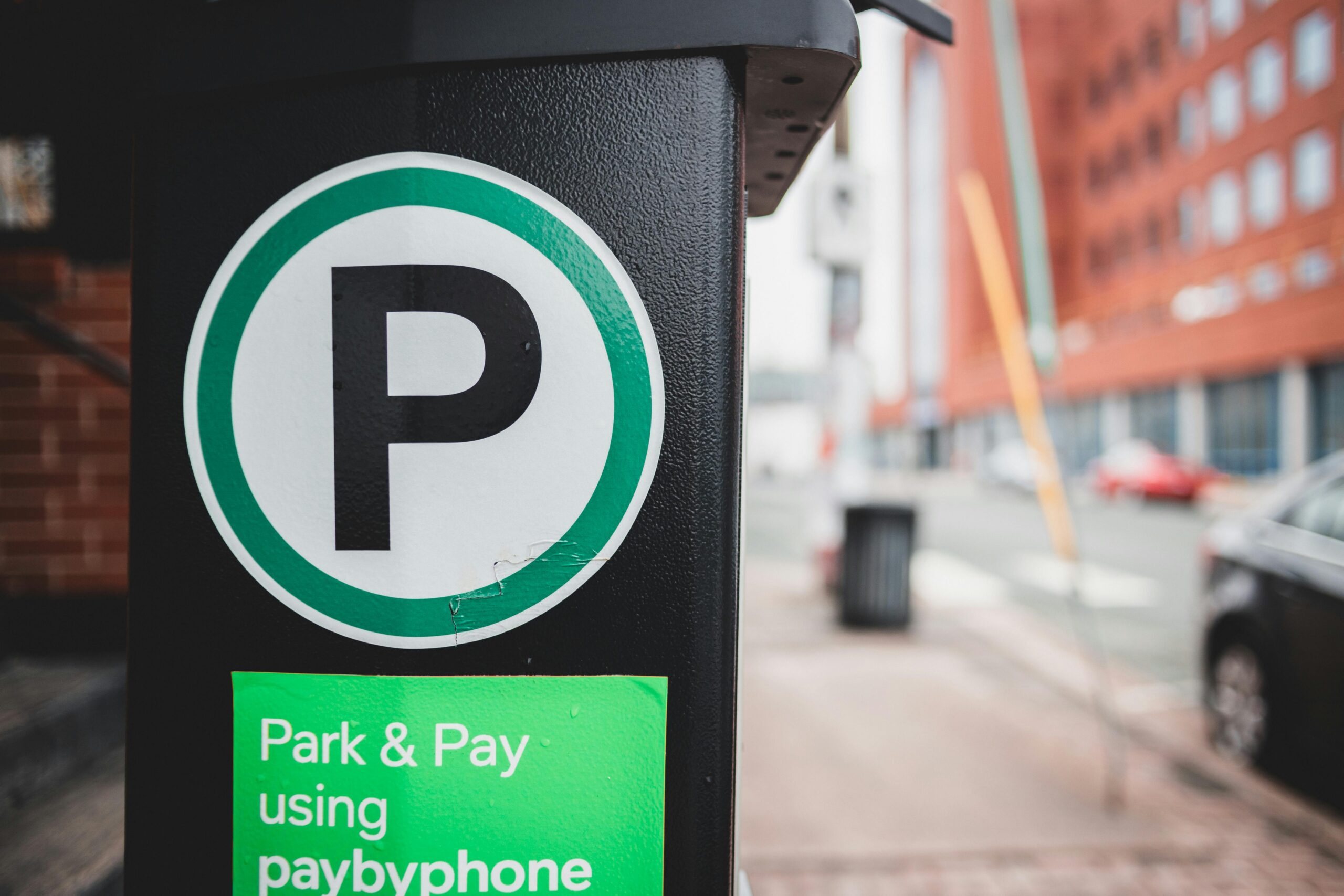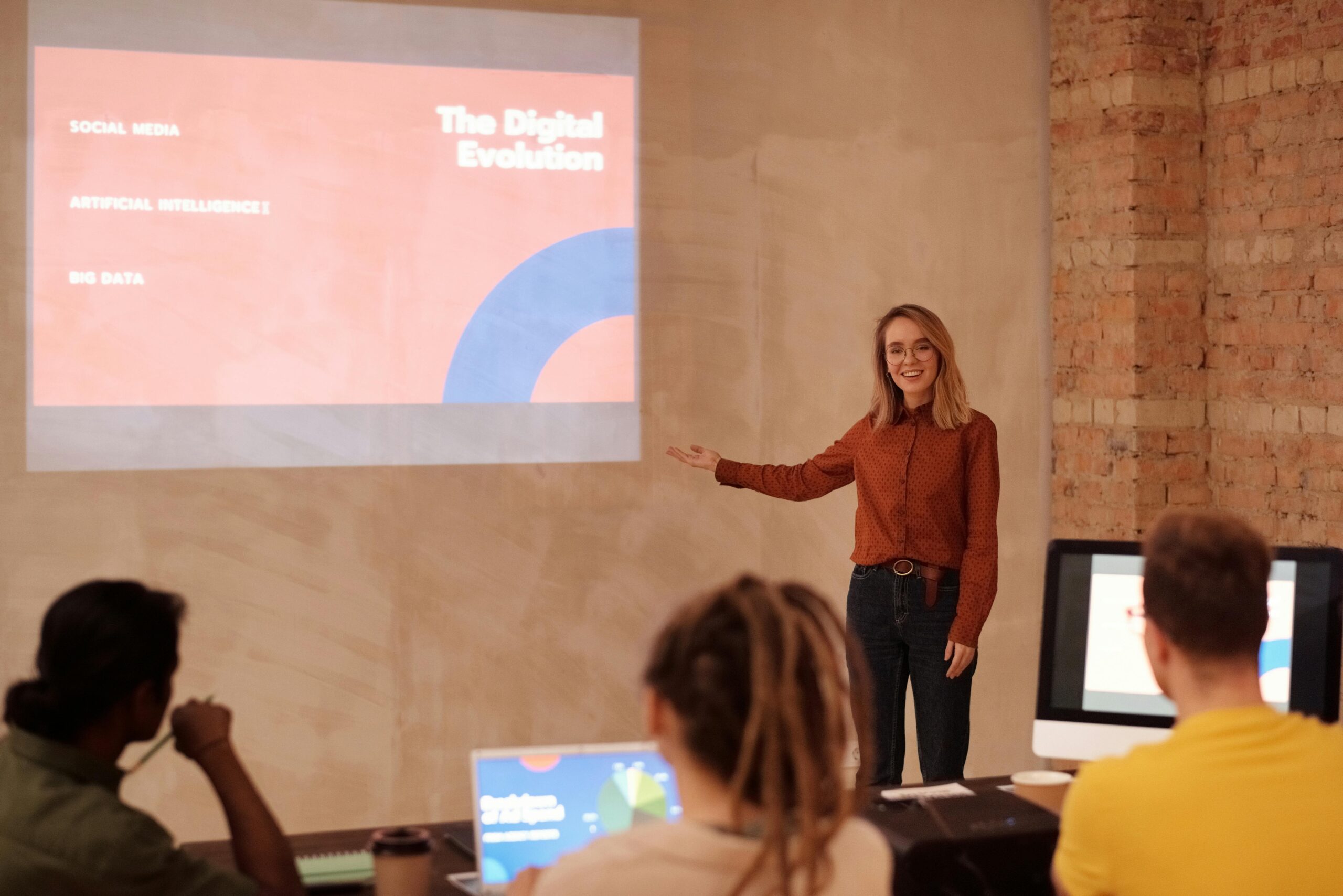In today’s fast-paced world, emotional turbulence has become a common companion. Technology offers innovative solutions to help us navigate our inner landscape with greater awareness and control.
🧠 Understanding the Science Behind Emotional Regulation
Emotional regulation refers to our ability to influence which emotions we experience, when we experience them, and how we express them. This psychological skill isn’t about suppressing feelings—it’s about developing a healthy relationship with your emotional responses. Research in neuroscience shows that our brains possess remarkable plasticity, meaning we can actually rewire neural pathways through consistent practice and intentional interventions.
The prefrontal cortex, our brain’s command center for decision-making and behavior, plays a crucial role in emotional regulation. When we experience stress or overwhelming emotions, the amygdala—our emotional alarm system—can hijack rational thinking. This is where emotion regulation techniques become invaluable, helping us create space between stimulus and response.
Modern psychology recognizes several emotion regulation strategies, including cognitive reappraisal (reframing situations), mindfulness meditation, behavioral activation, and expressive writing. These evidence-based approaches form the foundation of many digital mental health interventions available today.
📱 The Digital Revolution in Mental Wellness
The intersection of technology and mental health has created unprecedented opportunities for personal growth. Emotion regulation apps have emerged as accessible tools that bring therapeutic techniques directly to your smartphone. Unlike traditional therapy, which requires scheduling and often significant financial investment, these applications offer on-demand support whenever emotional challenges arise.
These digital companions utilize various approaches to help users develop emotional intelligence. Some focus on mood tracking and pattern recognition, while others provide guided exercises, breathing techniques, or cognitive behavioral therapy (CBT) interventions. The beauty of app-based solutions lies in their ability to personalize experiences based on user data and preferences.
What makes these applications particularly powerful is their integration of artificial intelligence and machine learning. Advanced apps can now predict emotional patterns, suggest interventions before crisis moments, and adapt their recommendations based on what proves most effective for individual users.
🎯 Key Features That Transform Emotional Well-being
When exploring emotion regulation applications, certain features consistently prove most beneficial. Understanding these components helps users select tools that align with their specific needs and preferences.
Mood Tracking and Pattern Recognition
Comprehensive mood tracking enables users to identify triggers, recognize patterns, and understand the relationship between behaviors and emotional states. The best applications allow you to log emotions multiple times daily, add contextual notes, and visualize trends through intuitive graphs and charts. This metacognitive awareness—thinking about your thinking—is foundational to emotional mastery.
Guided Meditation and Mindfulness Exercises
Mindfulness has moved from ancient Buddhist practice to mainstream psychology, backed by substantial research demonstrating its effectiveness. Quality apps offer varied meditation lengths, different focuses (stress, anxiety, sleep, compassion), and progression pathways for both beginners and experienced practitioners. Audio guidance helps users maintain focus and develop consistent practice habits.
Cognitive Behavioral Therapy Tools
CBT-based applications guide users through thought challenging exercises, helping identify cognitive distortions and reframe negative thinking patterns. These structured interventions teach users to question automatic thoughts, examine evidence, and develop more balanced perspectives. The therapeutic process becomes accessible outside clinical settings, empowering users to become their own therapists.
Breathing and Physiological Regulation
Breath work directly influences the autonomic nervous system, shifting us from sympathetic (fight-or-flight) to parasympathetic (rest-and-digest) activation. Apps featuring guided breathing exercises, biofeedback integration, and vagal tone stimulation provide immediate physiological relief during emotional intensity. Some applications even connect with wearable devices to provide real-time biometric feedback.
💡 Practical Strategies for Maximum Benefit
Simply downloading emotion regulation apps isn’t enough—strategic implementation determines outcomes. Consider these approaches to optimize your digital mental health journey.
Establish Consistent Daily Rituals
Consistency trumps intensity in developing emotional regulation skills. Dedicate specific times each day to engage with your chosen application, even if only for five minutes. Morning sessions can set intentional emotional tones for your day, while evening practices promote reflection and quality sleep. Set reminders until the behavior becomes automatic.
Combine Multiple Modalities
Different emotional challenges require different interventions. Acute anxiety might respond best to breathing exercises, while persistent low mood benefits from behavioral activation and thought challenging. Experiment with various features within your application to build a personalized toolkit. Track which approaches prove most effective for specific emotional states.
Integrate with Traditional Support Systems
Digital tools complement rather than replace human connection and professional support. Share insights from your mood tracking with therapists, discuss patterns with trusted friends, and use app-generated data to enhance self-awareness during therapy sessions. Technology serves as a bridge between professional appointments, extending therapeutic benefits throughout your week.
🌟 Top Applications Reshaping Emotional Wellness
The digital mental health marketplace has expanded dramatically, offering solutions for various needs, preferences, and budgets. Here’s an exploration of applications making significant impacts on users’ emotional lives.
Comprehensive Mindfulness Platforms
Headspace stands among the most recognized meditation applications, offering structured courses for beginners alongside specialized content addressing specific challenges like anxiety, focus, and sleep. Its friendly interface and conversational guidance make mindfulness accessible to skeptics and novices. The application tracks your meditation minutes, creating motivation through visible progress.
Calm provides another comprehensive approach, combining meditation with sleep stories, breathing programs, and relaxing music. Its extensive library ensures variety, preventing the monotony that often derails habit formation. The application has gained particular recognition for helping users manage insomnia, a common symptom of emotional dysregulation.
CBT-Focused Interventions
Sanvello integrates mood tracking, guided journeys, and CBT tools within a single platform. Its holistic approach recognizes that emotional wellness involves thoughts, behaviors, and physical health. The application helps users identify triggers, challenge distorted thinking, and develop coping strategies grounded in evidence-based psychology. Premium features include coaching and clinical assessment tools.
MindShift CBT specifically targets anxiety, providing tools to challenge anxious thoughts and gradually face fears through exposure therapy principles. Developed by Anxiety Canada, it offers credible, clinically-informed interventions without requiring subscription fees. This accessibility democratizes mental health support for those without financial resources for therapy.
Mood Tracking and Analysis
Daylio offers comprehensive mood tracking without requiring written journal entries—perfect for those who find writing burdensome. Users simply select their mood and associated activities, gradually building a rich dataset that reveals patterns between behaviors and emotional states. The visual analytics help users make informed lifestyle adjustments based on concrete evidence rather than vague impressions.
Specialized Support for Specific Challenges
Different emotional struggles benefit from targeted interventions. Applications like Rootd focus specifically on panic attacks, providing in-the-moment grounding tools and gradual exposure lessons. Meanwhile, apps such as Youper use AI-driven conversations to help users explore emotions and develop insights through guided self-reflection. This specialization allows users to address their unique challenges with precision tools rather than generic solutions.
🔬 Evidence Supporting Digital Mental Health Interventions
Skepticism toward app-based mental health support is natural and healthy. Fortunately, growing research validates these digital interventions. Multiple systematic reviews and meta-analyses demonstrate that smartphone-based interventions can significantly reduce symptoms of anxiety and depression, particularly when incorporating evidence-based techniques like CBT and mindfulness.
A 2019 study published in the Journal of Medical Internet Research found that participants using mental health apps showed clinically meaningful improvements in wellbeing comparable to face-to-face interventions for mild to moderate symptoms. The key determining factor wasn’t the technology itself but rather consistent engagement with evidence-based content.
Research also indicates that self-monitoring through mood tracking increases emotional awareness, a critical component of regulation. When people systematically observe their emotional patterns, they develop metacognitive skills that facilitate intentional responses rather than reactive behaviors. This awareness creates the psychological space necessary for implementing regulation strategies.
⚠️ Navigating Limitations and Potential Pitfalls
While emotion regulation apps offer tremendous value, maintaining realistic expectations prevents disillusionment. These tools work best for individuals experiencing mild to moderate emotional challenges. Severe mental health conditions—major depression, bipolar disorder, trauma-related disorders—require professional diagnosis and treatment. Apps can supplement but shouldn’t replace comprehensive care.
Privacy concerns warrant attention when selecting mental health applications. Mood data, therapy responses, and personal reflections represent deeply intimate information. Research whether applications encrypt data, who has access to your information, and whether companies sell user data to third parties. Reputable developers clearly communicate their privacy practices and comply with health information regulations.
App overwhelm presents another challenge. The abundance of options can paradoxically create decision paralysis. Rather than downloading numerous applications simultaneously, select one or two that align with your primary needs. Invest several weeks exploring features before abandoning tools prematurely. Mastery requires patience, experimentation, and consistent engagement.
🚀 Building Your Personalized Emotional Wellness System
Creating sustainable emotional balance requires more than downloading applications—it demands intentional system design. Begin by assessing your current emotional patterns. What situations consistently trigger difficult emotions? Which regulation strategies have you tried? What barriers prevent consistent practice?
Select applications that address your specific challenges rather than choosing based on popularity alone. If anxiety dominates your experience, prioritize apps offering breathing exercises and exposure therapy tools. If mood instability creates difficulties, emphasize comprehensive tracking and pattern analysis. Alignment between needs and features determines effectiveness.
Establish measurable goals and track progress systematically. Rather than vague intentions like “feel better,” specify concrete outcomes: “Reduce panic attack frequency from weekly to monthly,” or “Increase awareness of emotional triggers.” Most quality applications include progress tracking features that visualize improvements over time, providing motivation during inevitable plateaus.
Schedule regular evaluations of your digital wellness toolkit. What’s working? What feels burdensome? Which features do you consistently avoid? Honest assessment allows strategic adjustments. Perhaps one application excels at morning meditation while another provides superior evening mood tracking. Combining strengths from multiple tools often proves more effective than seeking one perfect solution.

🌈 Transforming Your Relationship with Emotions
Emotional mastery doesn’t mean feeling perpetually happy—such expectations guarantee disappointment. Instead, it involves developing acceptance of emotional experiences while building skills to navigate them skillfully. Difficult emotions provide valuable information about our needs, values, and boundaries. The goal isn’t elimination but rather appropriate response.
Emotion regulation apps facilitate this transformation by providing consistent support, evidence-based techniques, and objective feedback. They help normalize emotional experiences—you’re not alone in struggling, and resources exist to help. The accessibility of smartphone interventions means support travels with you, available during challenging moments rather than only during scheduled therapy appointments.
Technology empowers us to become active participants in our emotional wellness rather than passive recipients of mental health treatment. These applications transform abstract psychological concepts into concrete practices, making therapeutic techniques accessible to those who might never seek traditional counseling. As digital mental health tools continue evolving, integrating increasingly sophisticated artificial intelligence and personalization, their potential to support emotional flourishing expands exponentially.
Your emotional landscape need not remain chaotic territory. With commitment, appropriate tools, and evidence-based strategies, you can develop the skills necessary for genuine inner peace and balance. Emotion regulation apps represent powerful allies in this transformative journey—companions offering guidance, insight, and support as you master the art of emotional wellness. The path requires patience and persistence, but the destination—a life characterized by emotional flexibility, resilience, and authentic wellbeing—makes every step worthwhile. 🌟
Toni Santos is a digital culture researcher and emotional technology writer exploring how artificial intelligence, empathy, and design shape the future of human connection. Through his studies on emotional computing, digital wellbeing, and affective design, Toni examines how machines can become mirrors that reflect — and refine — our emotional intelligence. Passionate about ethical technology and the psychology of connection, Toni focuses on how mindful design can nurture presence, compassion, and balance in the digital age. His work highlights how emotional awareness can coexist with innovation, guiding a future where human sensitivity defines progress. Blending cognitive science, human–computer interaction, and contemplative psychology, Toni writes about the emotional layers of digital life — helping readers understand how technology can feel, listen, and heal. His work is a tribute to: The emotional dimension of technological design The balance between innovation and human sensitivity The vision of AI as a partner in empathy and wellbeing Whether you are a designer, technologist, or conscious creator, Toni Santos invites you to explore the new frontier of emotional intelligence — where technology learns to care.




